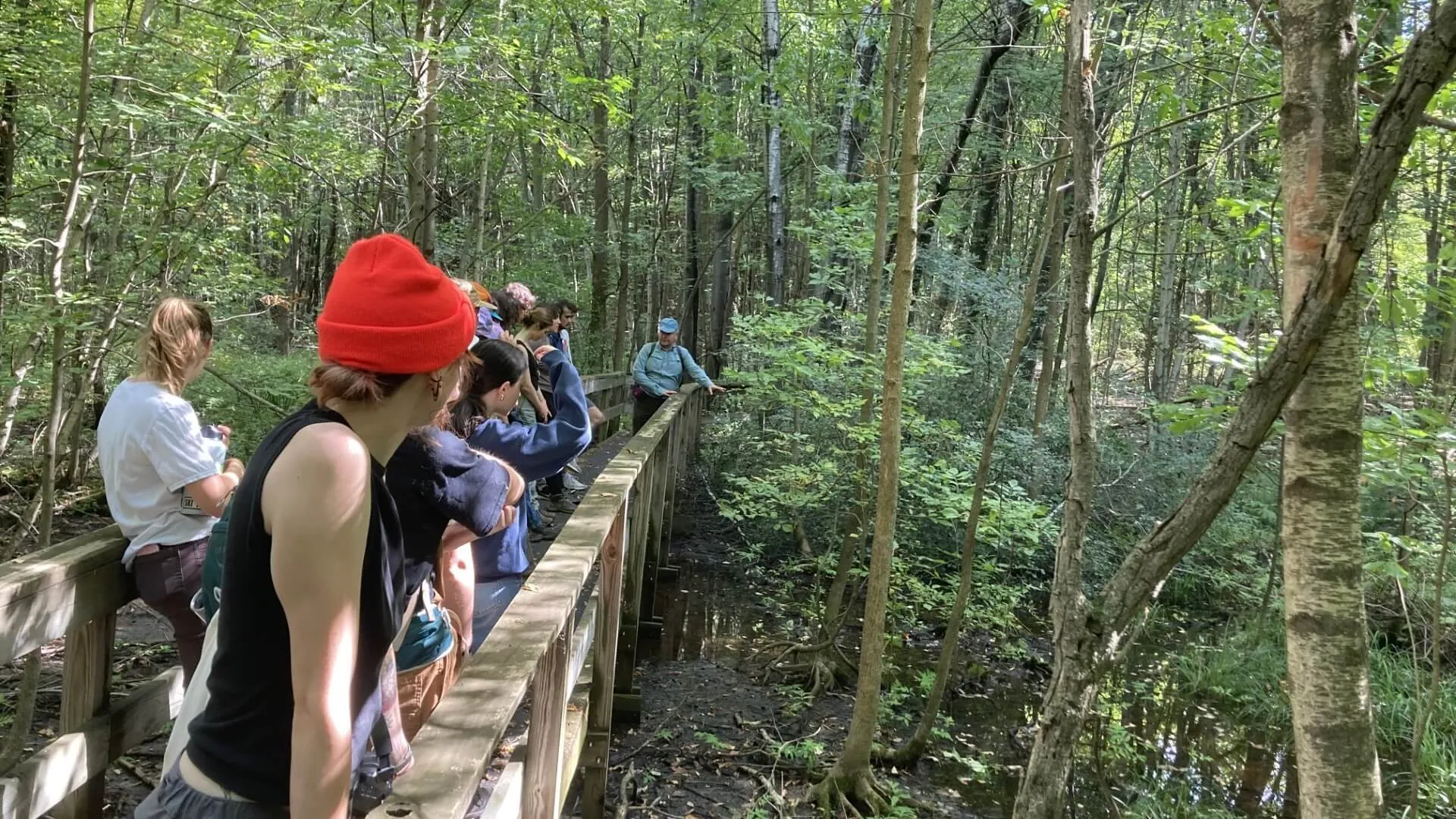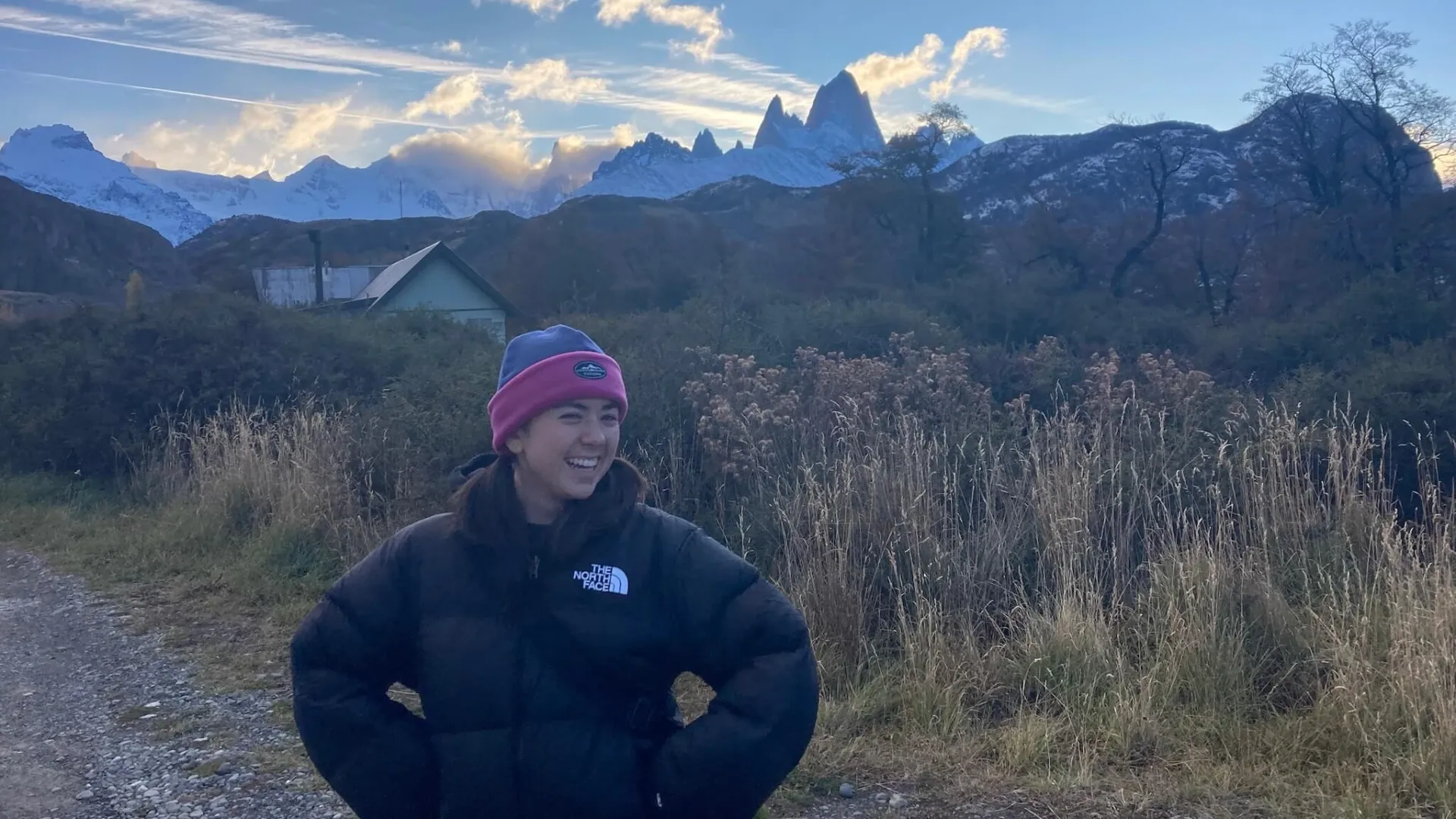The Sustainability, Ecology, and Policy program’s Biodiversity Law course, now in its second year, gives students the tools they need to interpret laws and regulations that impact biodiversity on both the local, national, and international level.
“My intent in putting this class together is to give students the opportunity to practice and improve their communication skills,” said Professor Jody Prescott. Jody was an active duty military attorney for 25 years, and now works as a federal attorney. “All of the assignments are geared toward teaching them different writing styles, because in law, you’re often communicating to very specific audiences. It’s crucial to know how to tailor your writing.”
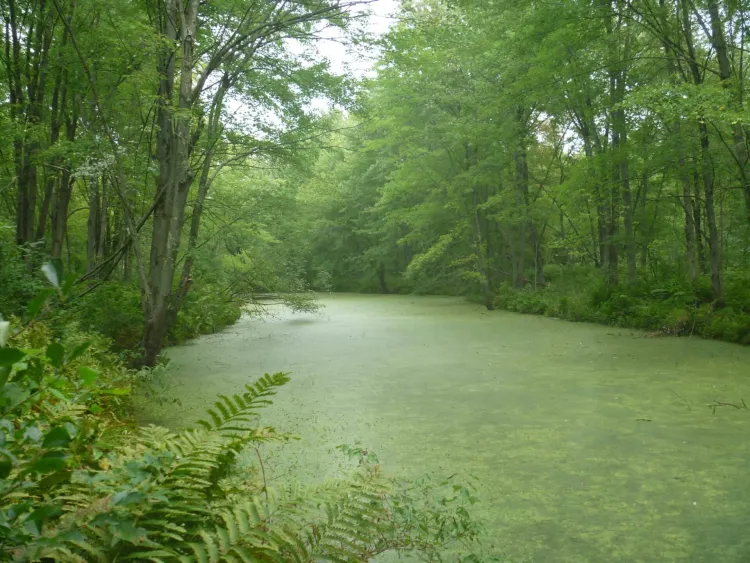
Biodiversity Law's biggest writing assignments are legal memorandums that deal with specific national and international cases. Jody acknowledges that many of his students have never tackled a writing assignment like this before. This is by design; he wants his students to become bold communicators. "When I say bold, I don’t mean reckless," he said. "I mean the boldness that comes from confidence and confidence comes from experience, both good and bad. The more opportunities you get to write in different ways, the more versatile you become.”
Rubenstein School students do lots of scientific writing for their classes. Jody was eager to provide opportunities to practice a different kind of communication. “The briefs and memoranda that the students write have very specific purposes and methodologies," Jody explained.
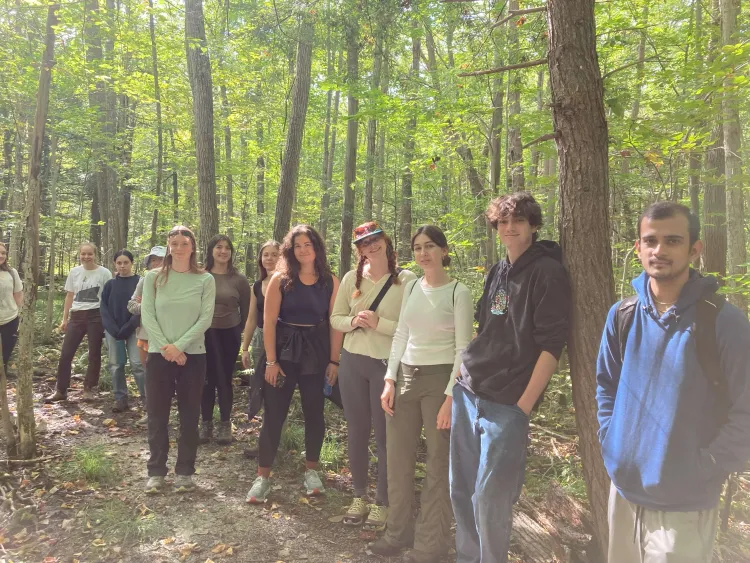
"My objective is to get students translating what are often voluminous decisions by judges into a concise but substantive two-page document that not only lets the reader know what happened objectively and clearly through rigorous analysis, but also sheds light on the bigger picture and why these decisions matter.”
Because many laws and treaties that impact biodiversity are international, the students in Biodiversity Law learn about both American and international cases. “The students are dealing with a European Union case for their second brief,” Jody explained. “It deals with endangered species.”
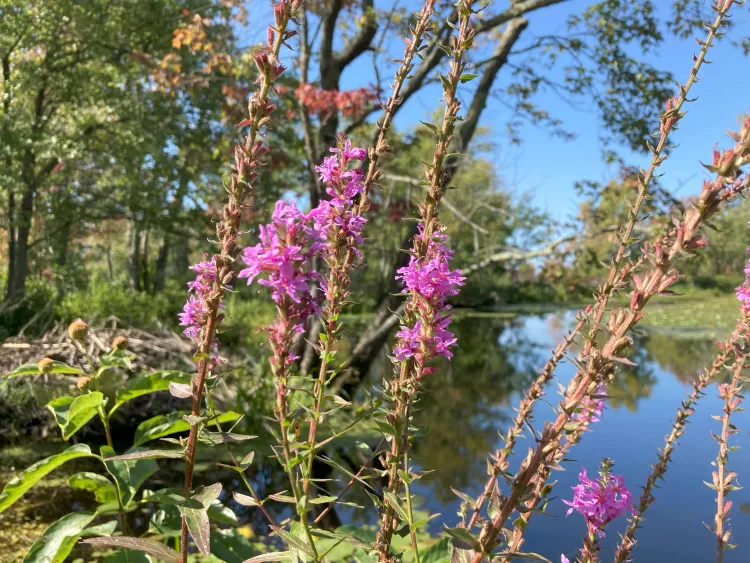
One of Jody’s goals for the course is to ensure that students are undaunted by new formats or styles of legal writing. “An EU case is structured very differently than an American case. The students will convert it to a two page memorandum using the same methodology they used for American cases, because if you design a methodology that you can apply consistently, you can take a brand new situation and translate that.”
Another large portion of the course is a service-learning project. During the semester, the course takes a field trip to the Missisquoi National Wildlife Refuge in Swanton to learn about different municipal implementations of state and federal laws that impact the biodiversity and conservation of the land and its species.
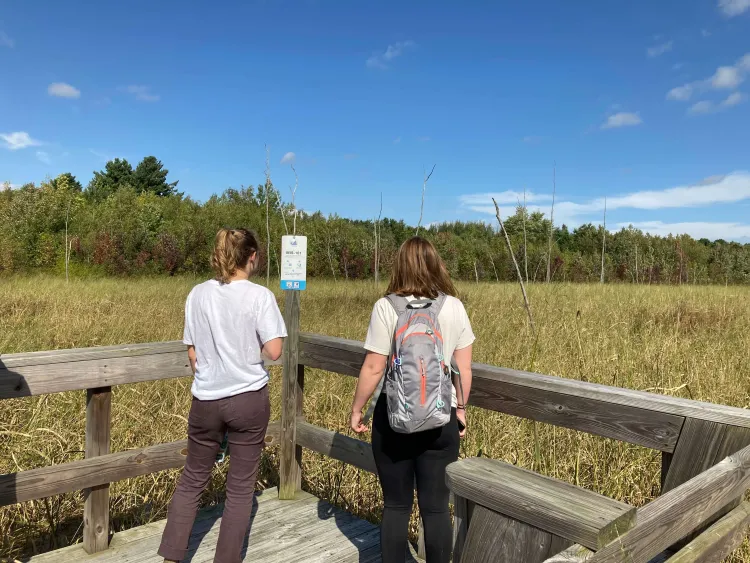
"It's a very useful project to get them used to high level critical thinking," Jody said. Missisquoi is a small refuge. Like many around the country, it is understaffed and short on money, and at the mercy of national politics. But very important species, specifically migratory birds and waterfowl, use the Missisquoi. "The refuge has had to prioritize their so-called 'resources of concern,'" Jody explained. "And by that they generally mean specific species."
Due to shifting federal priorities and the ever-present challenge of implementing policy, which, as Jody often reminds his students, does not have an enforcement element, there is a gap between what the law and policy state as a priority and the specific needs of the refuge. "The refuge prioritizes and protects what the current administration wants them to," Jody said. So the students are tasked with diving deep into literature and policy documents to identify protection gaps for specific species and design proposals for the refuge manager to consider.
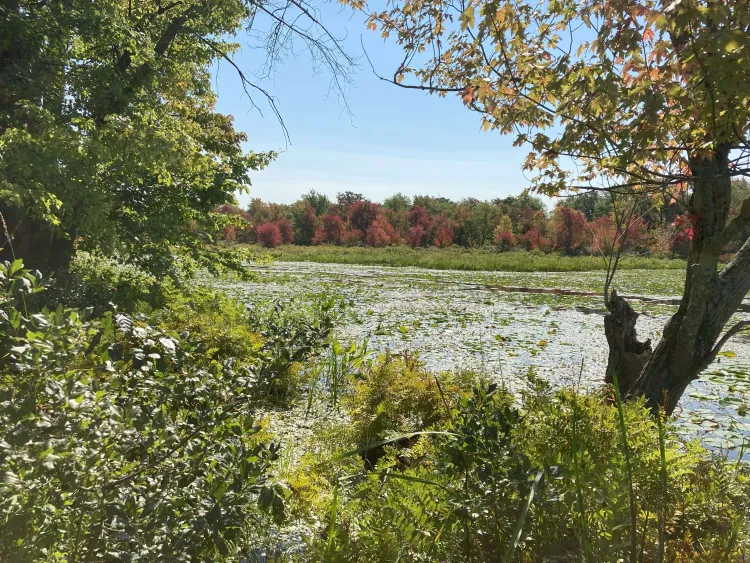
The project helps the refuge and teaches the students practical skills. Once the students design their proposals, they present their findings to refuge staff and make their recommendations. It's another example of how the Biodiversity Law curriculum emphasizes communication skills, and how an education in the environmental sciences doesn't have to compromise on crucial interpersonal skills that serve students in their future jobs and careers.
